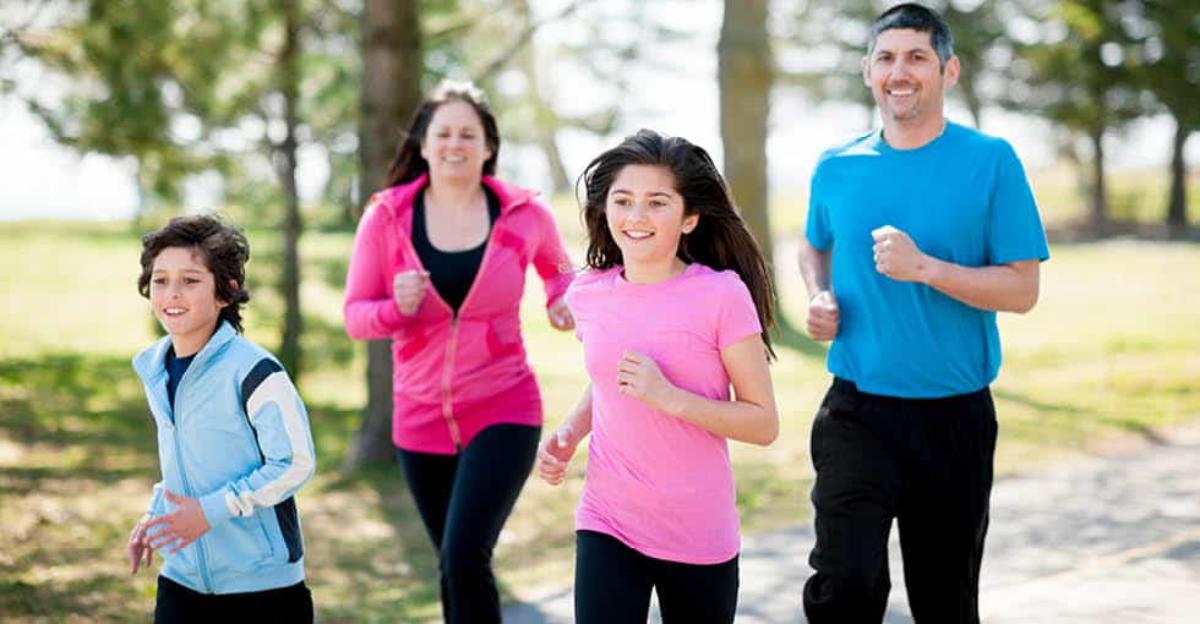You know the saying “It takes a village to raise a child”? Well, it couldn’t be truer when it comes to children’s heart health. Heart health education is everyone’s business including families, schools, the media, communities, faith-based organizations, government agencies, medical professionals, etc. No single entity needs to do it alone. Schools, in general, and physical education, specifically, have opportunities every day to promote heart health.
Here are a few ways for physical educators to teach and reinforce heart health education and practices during American Heart Month in February, and throughout the year:
Discussion
While perhaps not the most innovative or active way to teach heart health, it may be one of the easiest to convey information to students. As students warm-up or cool-down, or as a rest period between activity, teach heart health and other fitness concepts through discussion.
This can be teacher directed, question and answer, think/pair/share, jigsaw, or any number of ways to teach. Using the SHAPE America PE Standards, as early as Kindergarten children should be able to recognize body cues for activities that promote heart health. By 1st grade they should know that the heart is a muscle that grows stronger with physical activity. By 6th grade students should be able to differentiate between aerobic and anaerobic capacity and identify the components of the FITT Principle. By 8th grade students should be able to use the Rating of Perceived Exertion (RPE) and adjust their intensity during a workout. In high school, students should learn ways to use technology and social media to help support a healthy lifestyle and calculate target heart rates, and use that to guide their fitness plans.1
Physical Activities
Using physical activity to teach heart health makes learning fun, and because students feel their heart rates and other body cues for themselves, it makes it relevant. Try activities that range from walking (moderate) to running (vigorous) and compare heart rates and other body cues.
Teach activities that focus on staying within a specific perceived exertion rating or heart rate zone to help teach students to feel their intensity and take their heart rate. When students are in early elementary school, each time they do vigorous activity, have them put their hand on their chest and feel their heart beating. Discuss and feel other body cues and while they rest, reinforce the importance of the heart and its functions.
As they age, teach students to take their heart rate manually, as well as discuss heart rate zones and how to calculate their own Target Heart Rate. You can do this while students are moving so they feel it right away. Show games that teach heart health. For example, a tag game where those who get tagged freezes in place and says “Heart Alert!” Another player comes to help them and they do a physical activity (like three jumping jacks) together to unfreeze the tagged player. To learn about the circulatory system, teach a physical activity where students are blood cells who follow a trail through the right side of the heart, to the lungs, where they collect a red oxygenated beanbag, back to the left side of the heart, out the aorta, through the body, then drop off their beanbags in the body’s cells, and on back to the heart to repeat. Any type of activity that reinforces heart health is great.
Technology
Technology can be used in both of the above methods of teaching. There are some fabulous programs and apps to use for teaching heart health. Some are excellent for simply showing the circulatory system as well as how the heart works. Others help track students’ nutrition and weight gain/loss, physical activity, etc. Depending on what you want to teach and the level of your students, you will find no shortage of programs and/or apps to help. Using heart rate monitors, pedometers, or other activity trackers during physical activity in class can be fun, motivational, and teach students about their intensity levels, which activities take the most steps, and all sorts of physical activity feedback they may not get on their own. As always, be sure to use technology for a purpose, not just because it is the latest, greatest thing.
Fundraising and Events
The Safe Routes to School National Partnership offers the Active Schools Fundraising program to help schools raise much-needed financial support for physical education and activity programs. Active Schools Fundraising sessions are open each fall and spring semester. Simply plan your active fundraiser between August 1 and December 5 OR January 1 and May 31. School Specialty is proud to partner with the Safe Routes to School National Partnership to support Active Schools Fundraising. Click here to learn how it works.
These types of events help kids learn about community service while allowing students to participate in physical activity. They are fun and beneficial for all. In addition to the Active Schools Fundraising events, your school might want to put on its own heart health fair or jog-a-thon, or take part in another community event promoting heart health. Depending on the community, there may be many of these going on throughout the year!
There are so many ways to teach and encourage heart health as a PE teacher. As always, if what you teach is reinforced throughout the school, at home, in media, and throughout the community, the likelihood of the message sticking grows exponentially. If you don’t already have a coordinated school health program, talk with administrators to get one started. Your students’ heart health may depend on it.
1 National Standards for K-12 Physical Education Copyright 2013, SHAPE America –Society of Health and Physical Educators, 1900 Association Drive, Reston, VA 20191, www.shapeamerica.org. All rights reserved.






Leave a Reply